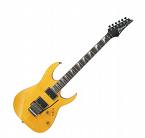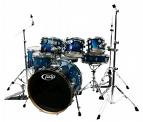Tablatures basse
Video
- A [low bit]|-------------------------||----1-----2-----4-----2--|
- |-------------------------||-/2---2/4---4/5---5/4----|
- B [high bit]|----1-----2-----4-----2--||-------------------------|
- |-/2---2/4---4/5---5/4----||-------------------------|
- C ['casiotone' bit]|---------------------||-----7~-7~-7~-7~-7~--|
- |---------------------||-x-2-----------------|that F# (2) might be an A (5)
- have a listen, see what you thinkFill during second '5,10,15,20...' bit
- |-----18-17------17-16------||--16-------x-15------------||---------------------x-14--|
- |---------------------------|it's barely audible so you could leave it out
- D [outro]|--------------------| |---------|-----7-6-5-4--------| |---------
- |-x-4---------7-6-5--| |--x-4--\-|--------------------| end on |---------
- Right, well, here's the structure. I'd learn each bit separatelybut you might be a better bassist so do what ya like...[split into fours so it's easier to count without going cross eyed]
- Intro to Verse to first '5,10,15,20...'A B A B:A B A A:B B A A:B B B C:B C
- Second verse to second '5,10,15...'A B A B:A B A A:B B A A:A A A C:B C
- After the second '5,10,15...' just go A B A B till the end,stick in C a couple of times then it picks up with part D till the end...
- Well I went a little crazy trying to type out the structureso it might seem jangled, I'd give this tab 4 out of 5
- Tab key:--x-- = mute string [percussive type thing]
- -7~-- = vibrato [wiggle your fretting finger]-2/4- = slide between notes--\-- = slide down
- --/-- = slide up-2^4- = hammer on-7^5- = pull off
- joue également ..
Tablatures bassede SOUL COUGHING Casiotone Nation Skitarrate pour jouer votre musique, l'ètude des 'èchelles, des positions pour guitare, la recherche, la gestion, la demande et envoyer accords, paroles et partitions
Casiotone Nation





